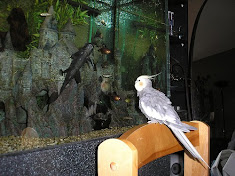 |
| Horse Hoof by haglundc |
Identify the problem:
The first step in identifying the problem is examining the feet. A stone or some other objects could have wedged in the crevices of the horse. The hoofs might have been trimmed too short or the nail could be hurting sensitive skin around the foot. If the horse is hot, then feel the pulse at the fetlock area and find out if it is pounding. If the pounding is fast, then it is an indication that the horse is suffering from an injury. The lameness could be due to injury to the ligament in the lower leg or due to a worn out joint. This could be due to overwork when the horse was young. The other cause for lameness is injury on the back caused due to saddling apparatus.
According to veterinarians, horses normally suffer from certain diseases like Founder or Laminitis which affect the foot and cause severe pain. These diseases are caused due to overeating. The other common disease among horses is the Navicular disease which is caused due to degeneration of Navicular bones. In this condition, the horse may even stumble. He will stand with stretched feet. Azoturia is a serious disease affecting the horses. In this condition, the movement becomes stiff. This requires immediate medical attention.
Veterinarians suggest that a horse which is not working should be fed with oats. Further, before it starts work, there should be a gradual warming up and after work, it should be cooled gradually.
Author Resource:
Written by Rod Hoss
Animal Health Science offers excellent products for hoof care and other horse health products.
Article From Pet Article World



0 comments:
Post a Comment